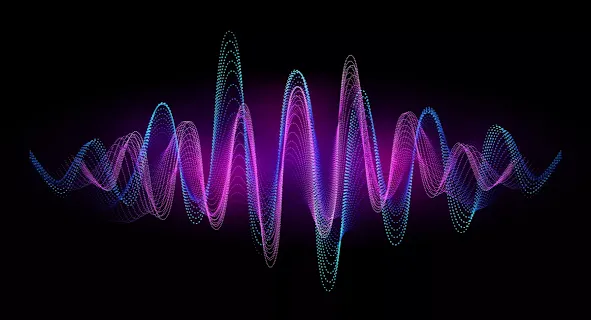What is Electromagnetic Radiation? Properties, Types and Applications
Electromagnetic Radiation: An Overview
Electromagnetic radiation is a type of energy that is transmitted through space in the form of waves or particles. It includes a wide range of frequencies, from radio waves to gamma rays, and is a fundamental component of the universe. This article will provide an overview of electromagnetic radiation, its properties, and some of its common applications.
Properties of Electromagnetic Radiation
Electromagnetic radiation has a number of key properties that distinguish it from other types of energy:
Speed: Electromagnetic radiation travels at the speed of light, which is about 299,792,458 meters per second.
Wavelength: Electromagnetic radiation has a characteristic wavelength, which is the distance between two consecutive peaks or troughs in the wave.
Frequency: Electromagnetic radiation also has a frequency, which is the number of cycles of the wave that occur per second. The frequency and wavelength of electromagnetic radiation are inversely proportional, meaning that as the wavelength increases, the frequency decreases.
Spectrum: Electromagnetic radiation exists across a broad range of frequencies, which is referred to as the electromagnetic spectrum. This spectrum is divided into various regions, each with its own unique properties and applications.
Types of Electromagnetic Radiation
There are several types of electromagnetic radiation, each with its own unique properties and applications. These include
Radio waves: Radio waves have the longest wavelengths and lowest frequencies of any type of electromagnetic radiation. They are used for communication, including radio and television broadcasting, as well as in radar and navigation systems.
Microwaves: Microwaves have shorter wavelengths and higher frequencies than radio waves. They are used in microwave ovens, communication systems, and in scientific research.
Infrared radiation: Infrared radiation has wavelengths that are longer than visible light but shorter than microwaves. It is used in heating and cooking, as well as in scientific research.
Visible light: Visible light is the portion of the electromagnetic spectrum that is visible to the human eye. It is used in lighting, photography, and in scientific research.
Ultraviolet radiation: Ultraviolet radiation has higher frequencies than visible light and is responsible for causing sunburns and other types of skin damage. It is also used in scientific research and in some industrial applications.
X-rays: X-rays have even higher frequencies than ultraviolet radiation and are used in medical imaging and in scientific research.
Gamma rays: Gamma rays have the shortest wavelengths and highest frequencies of any type of electromagnetic radiation. They are produced by radioactive materials and are used in cancer treatment and in scientific research.
Applications of Electromagnetic Radiation
Electromagnetic radiation has a wide range of applications, including:
Communication: Radio waves and microwaves are used for communication, including radio and television broadcasting, cellular phones, and satellite communication.
Medicine: X-rays and gamma rays are used in medical imaging and cancer treatment.
Science: Electromagnetic radiation is used in scientific research to study the properties of matter and the universe.
Technology: Electromagnetic radiation is used in a variety of technological applications, including heating and cooking, lighting, and navigation systems.
Astronomy: Electromagnetic radiation is used in astronomy to study the properties of celestial objects, including stars and galaxies.







No comments: